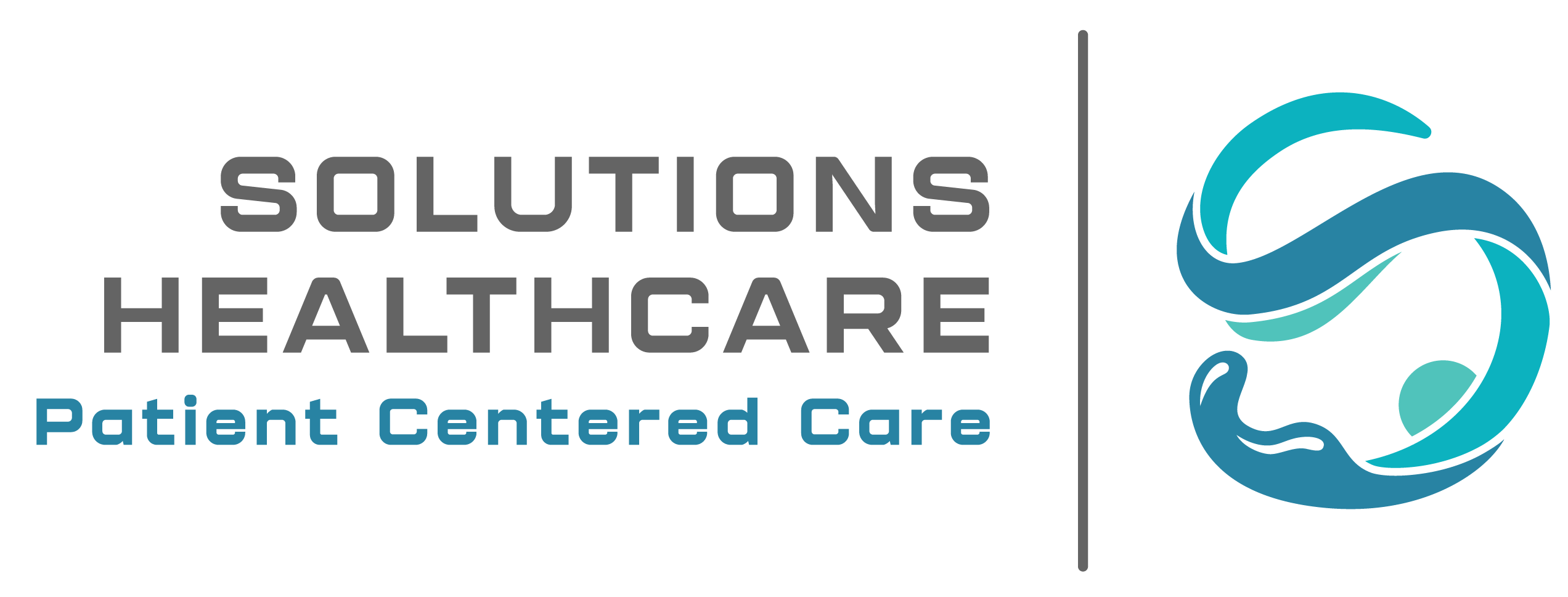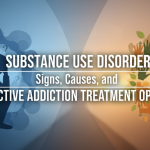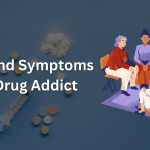For anyone who has lived with chronic pain or watched a loved one struggle with opioid addiction, the terms hydrocodone and oxycodone may feel all too familiar. These prescription drugs—commonly used for pain relief—are among the most prescribed opioid analgesics in the United States. But what’s the real difference between them?
This article unpacks how hydrocodone and oxycodone compare in terms of effectiveness, risk, use cases, and their role in the opioid crisis. Whether you’re facing short-term pain management, navigating substance abuse, or trying to help someone else, understanding these drugs is a crucial step.
What Are Hydrocodone and Oxycodone?
Both hydrocodone and oxycodone are potent prescription opioids used to treat moderate to severe pain. They work by binding to opioid receptors in the brain and spinal cord, dulling the perception of pain.
Hydrocodone is often combined with acetaminophen (marketed as Vicodin), while oxycodone frequently appears in combinations like oxycodone acetaminophen (Percocet). There are also immediate-release and extended-release forms of both drugs, depending on the nature and intensity of the pain being treated.
These medications are typically prescribed for:
- Acute pain, like pain following surgery or burn injuries
- Chronic noncancer pain, such as arthritis or back pain
- Emergency department treatment of acute extremity pain
Effectiveness for Pain Relief
Several randomized clinical trials and other studies have compared the efficacy of hydrocodone vs oxycodone. Both drugs have proven effective in reducing pain, but oxycodone may have a slight edge in analgesic potency.
One double-blind randomized controlled trial found that oxycodone and hydrocodone provided comparable pain relief. Still, oxycodone may work slightly faster for opioid naive patients (those who have not previously used opioids) [1].
Another retrospective cohort study showed that oxycodone was more commonly prescribed at higher doses, leading to more severe side effects in some treatment groups [2].
Key takeaway: While both drugs are effective for relieving moderate to severe pain, oxycodone may be more potent, but with an increased risk of adverse effects.
100% Confidential Support is Available 24/7
No matter what you’re going through, you’re not alone. Our dedicated team is here to provide a safe, judgment-free space where you can talk openly and honestly. Whether you need emotional support, resources, or just someone to listen.
We’re here for you—completely confidential and always respectful of your privacy. Call us today!
Side Effects and Risks
No opioid is risk-free. Both hydrocodone and oxycodone share common side effects:
- Nausea
- Drowsiness
- Constipation
- Respiratory depression at higher doses
More concerning is the potential for physical dependence, tolerance, and opioid abuse.
According to the CDC, nearly 17,000 people died from prescription opioid overdoses in the U.S. in 2021 alone [3]. Both hydrocodone and oxycodone are classified as Schedule II controlled substances, meaning they have high potential for dependence and misuse.
Research also indicates that patients treated with oxycodone may face a higher risk of developing opioid use disorder (OUD), particularly those taking oxycodone in immediate release forms or without structured follow-up [4].
Contact Solutions Healthcare
Battling with Drug and Alcohol Addition? Remember, you are not alone and we are here to help you!
Differences in How They’re Prescribed
Physicians often decide between these two drugs based on:
- Type of pain (e.g., burn pain vs post-surgical)
- Patient’s history with opioid therapy
- Risk factors such as prior substance use disorder
Oxycodone is often considered more appropriate for severe pain or when other opioids have failed. Hydrocodone, by contrast, is typically used for moderate pain or chronic pain where daily management is necessary but less intense.
Emergency department discharge notes often favor hydrocodone for short-term pain relief due to its slightly milder profile, especially for opioid naïve patients [5].
Abuse and Addiction Potential
A study published in JAMA showed that oxycodone’s share in prescription opioids has been associated with an increased risk of prescription drug abuse, particularly in populations with a history of drug or alcohol misuse [6].
Addiction to either drug can develop quickly. Signs of dependence include:
- Cravings
- Withdrawal symptoms (e.g., sweating, shaking, anxiety)
- Escalating doses
- “Doctor shopping” for more prescriptions
Withdrawal from hydrocodone and oxycodone is similar to oral morphine: flu-like symptoms, insomnia, muscle pain, and emotional distress. Though not life-threatening, these symptoms are powerful deterrents to quitting.
The Role in the Opioid Epidemic
Opioid prescribing has declined in recent years, but not before hydrocodone and oxycodone played central roles in the addiction crisis.
A systematic review of opioid prescribing practices revealed that both drugs were widely overprescribed in the early 2000s, leading to dependency issues among millions of patients. Today, intention-to-treat analyses show better results when pain medicine is tightly controlled and monitored through opioid therapy programs [7].
Still, the legacy remains: these drugs contributed to over 70% of all opioid prescriptions in some regions at the height of the crisis [8].
100% Confidential Support is Available 24/7
No matter what you’re going through, you’re not alone. Our dedicated team is here to provide a safe, judgment-free space where you can talk openly and honestly. Whether you need emotional support, resources, or just someone to listen.
We’re here for you—completely confidential and always respectful of your privacy. Call us today!
Safer Alternatives and Support
For many, the choice between hydrocodone and oxycodone is less about which pain med is better and more about finding a sustainable path forward. Alternatives include:
- Non-opioid medications (NSAIDs, antidepressants for neuropathic pain)
- Physical therapy and mindfulness-based stress reduction
- Multimodal pain strategies using lower doses of multiple treatments
- Medical detox and long-term addiction support programs
If you or a loved one is struggling, help is available. Talk to your doctor, find a local support group, or contact the Substance Abuse and Mental Health Services Administration (SAMHSA) helpline at 1-800-662-HELP (4357).
What are the Most Important Differences Between These Drugs?
In a clinical sense, hydrocodone vs oxycodone boils down to potency, side effect profile, and individual patient needs. But in the real world, both drugs have deeply impacted lives, for better and worse.
Whether you’re a patient in pain or someone watching a loved one navigate addiction, knowing the facts is the first step toward safety and healing. If you or a loved one struggles with opioid abuse or addiction, you are not alone. Contact the Solutions Healthcare specialists to learn about our treatment and recovery support programs.
100% Confidential Support is Available 24/7
No matter what you’re going through, you’re not alone. Our dedicated team is here to provide a safe, judgment-free space where you can talk openly and honestly. Whether you need emotional support, resources, or just someone to listen.
We’re here for you—completely confidential and always respectful of your privacy. Call us today!
Frequently Asked Questions (FAQs)
1. Can long-term opioid use affect mental health?
Yes. Prolonged use of opioids like hydrocodone and oxycodone is linked to increased risk of depression, anxiety, and cognitive impairment. These effects may be due to the drugs’ impact on brain chemistry and reward systems. Chronic opioid use can also worsen pre-existing mental health conditions.
2. Is it possible to manage chronic pain without opioids?
Absolutely. While opioids may be necessary for certain acute or cancer-related pain, many cases of chronic noncancer pain can be effectively managed with non-opioid strategies. Options include physical therapy, cognitive-behavioral therapy (CBT), nerve blocks, anti-inflammatory drugs, and lifestyle interventions such as sleep hygiene and exercise.
3. What should I do if I suspect someone is misusing their prescription?
Start by expressing concern without judgment. Misuse can include taking higher doses than prescribed, combining with alcohol or other drugs, or “losing” prescriptions repeatedly. Encourage the person to consult a doctor or an addiction specialist. In urgent situations, contact a crisis helpline or treatment center.
4. Are there medications that help with opioid withdrawal or addiction?
Yes. Medications such as buprenorphine, methadone, and naltrexone are approved for opioid use disorder treatment. They reduce cravings and withdrawal symptoms, helping individuals stabilize and engage in recovery. These treatments are most effective when combined with behavioral therapy and long-term follow-up care.
5. How long does it take to develop dependence on opioids?
Dependence can begin within a few weeks of daily use, especially with higher doses or immediate-release forms. Factors such as genetics, mental health, and previous drug exposure can influence how quickly someone becomes dependent. Always follow the prescribing instructions exactly and discuss any concerns with your healthcare provider.
Sources
- Chang AK, Bijur PE, et al. (2015). “Effect of a single dose of oral opioid and nonopioid analgesics on acute extremity pain.” JAMA, 314(15), 1572–1580.
- Hoppe JA, et al. 2015). “Opioid prescribing in a cross-sectional study of ED discharges.” Acad Emerg Med.
- Centers for Disease Control and Prevention (CDC). (2022). “U.S. Opioid Overdose Deaths.”
- Bohnert ASB, et al. (2018). “Association Between Opioid Prescribing and Opioid Overdose Deaths.” Pharmacoepidemiol Drug Saf.
- Daoust R, Paquet J, et al. (2016). “Comparison of oral oxycodone and hydrocodone for acute pain.” Ann Emerg Med.
- Vowles KE, et al. (2015). “Rates of opioid misuse, abuse, and addiction in chronic pain.” Pain.
- Krebs EE, et al. (2018). “Effect of opioid vs nonopioid medications on pain-related function.” JAMA.
- Guy GP Jr., et al. (2017). “Vital Signs: Changes in Opioid Prescribing in the United States.” MMWR Morb Mortal Wkly Rep.






















